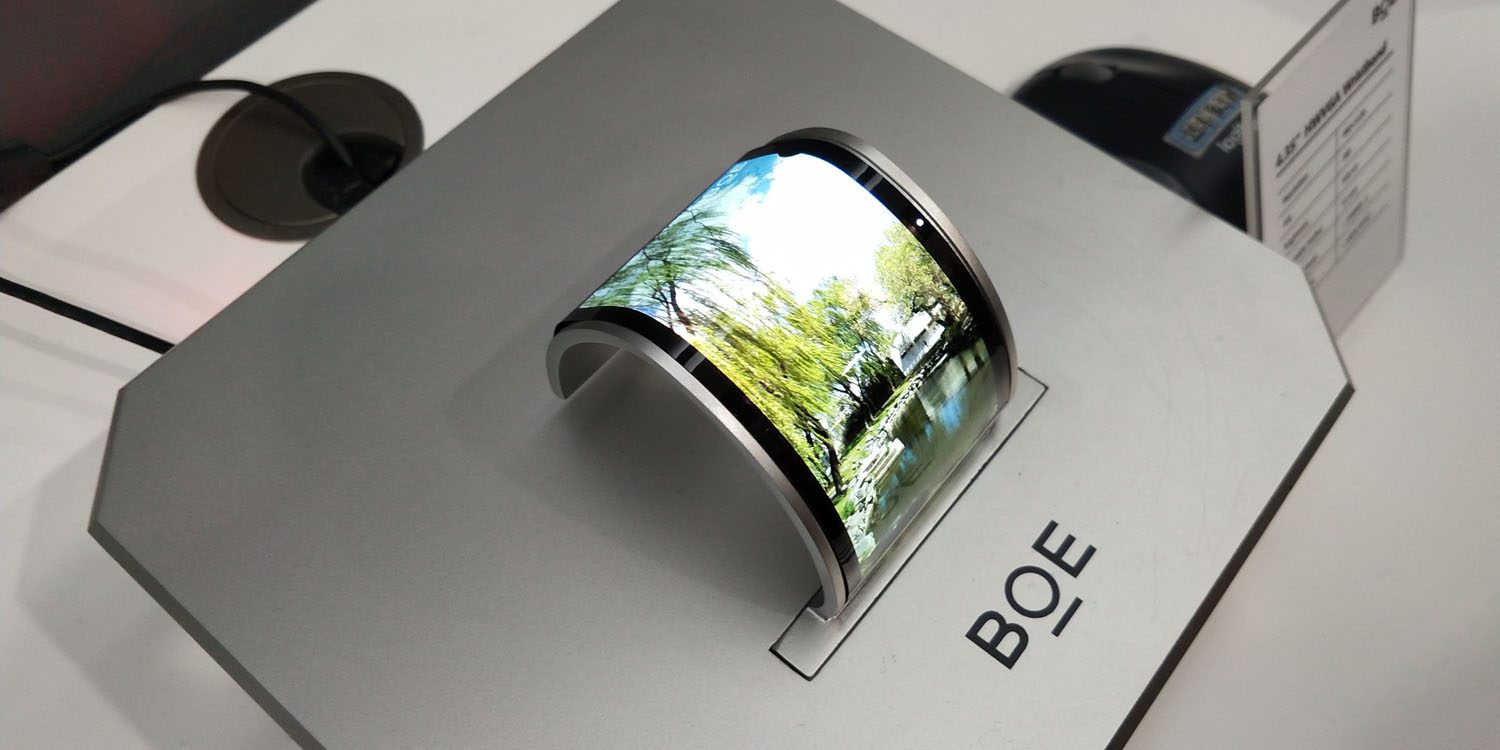Last year, Samsung invested considerable resources to increase the production capacity of factories that produce OLED panels. It was (and still is) the only supplier from which Apple buys displays for the iPhone X. This step definitely paid off for Samsung, as the production of OLED panels is a great business for Apple, as you can read in the article below. However, the problem arose in a situation where Apple reduced the amount of required orders and the production lines are not exploited to the extent that Samsung would have imagined.
It could be interest you

In recent weeks, there have been various reports on the web that Apple is gradually reducing orders for the production of iPhone X. Some sites are making this a tragedy of gigantic proportions, while others are speculating about the complete end of production and subsequent sales, which are (logically) expected in the second half of this year. Basically, however, this is just an expected step, when interest in the novelty gradually decreases as the initial huge wave of demand is satisfied. This is basically an expected move for Apple, but it causes a problem elsewhere.
It could be interest you

Towards the end of last year, weeks before the iPhone X went on sale, Samsung increased the capacity of its production plants to such an extent that it had time to cover the orders of OLED panels that Apple ordered. It was Samsung that was the only company that could produce panels of such quality that they were acceptable to Apple. With decreasing demands on the number of manufactured pieces, the company is starting to consider who it will continue to produce for, as parts of the production lines are currently standing still. According to foreign information, this is about 40% of the total production capacity, which is currently idle.
It could be interest you

And the search is indeed difficult. Samsung gets paid for its high-end panels, and that certainly does not suit every manufacturer. As a result, cooperation with manufacturers of cheaper phones logically falls away, as it is not worthwhile for them to switch to this type of panel. Other manufacturers that use (or plan to switch to) OLED panels currently have a greater choice of suppliers. OLED displays are produced not only by Samsung, but also by others (although they are not as good in terms of quality).
It could be interest you

Interest in the production of OLED panels grew last year to such an extent that Samsung will lose its position as the exclusive supplier of displays to Apple. Starting with the next iPhone, LG will join Samsung as well, which will produce panels for the second size of the planned phone. Japan Display and Sharp also want to start producing OLED displays this or next year. In addition to significantly higher production capacities, the increase in competition will also mean a decrease in the final price of individual panels. We could all benefit from this, as displays based on this technology could become even more widespread among other devices. Samsung seems to be having trouble with its privileged position.
Source: Cultofmac
However, the next generation of iPhones will use those lines again ;)